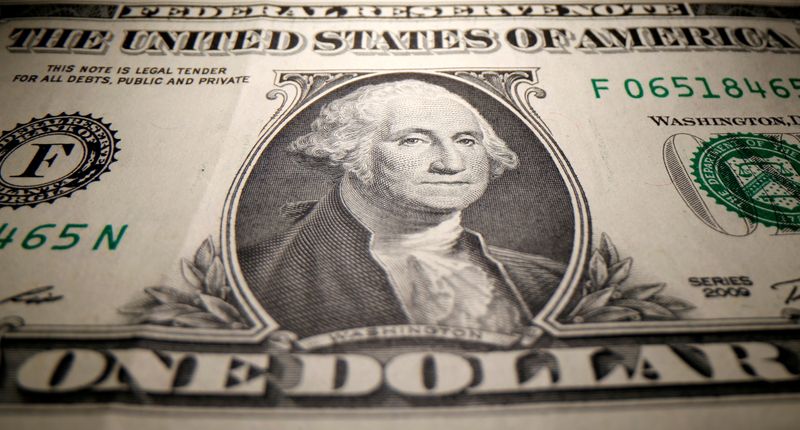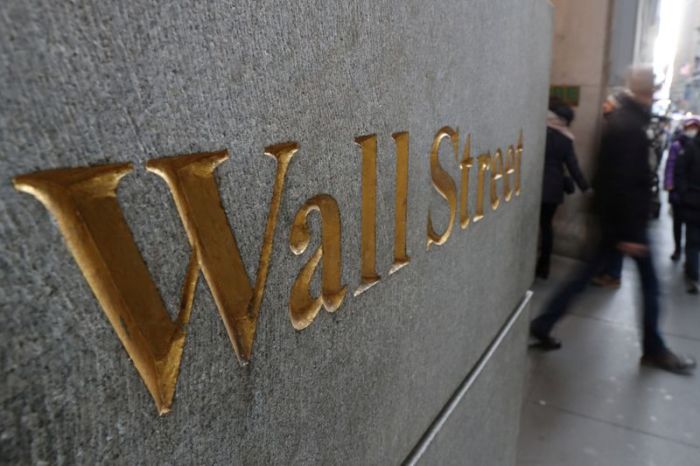NEW YORK (Reuters) – The dollar was little changed and off session lows on Wednesday as investors focused on a European Central Bank meeting and the upcoming U.S. consumer price index report to help gauge the current pace of the economic recovery.
Both are due Thursday, and investors have adopted a wait-and-see attitude, leaving major currencies mostly range-bound recently.
The U.S. Labor Department’s consumer prices data has been much anticipated after last month’s report showed consumer prices increased by the most in nearly 12 years in April, fueling the view that higher prices could last longer than some anticipate. Economists polled by Reuters forecast the CPI advanced 0.4% in May.
Earlier, Chinese producer price data for May showed the biggest jump in a dozen years, and the country’s consumer prices rose 1.3% in May – the biggest year-on-year increase in eight months – but below expectations.
With the ECB, investors will be watching for any clues of an imminent slowdown to its bond-buying program.
The Bank of Canada on Wednesday left its key interest rate unchanged as expected, and said it would maintain its current policy of quantitative easing. It also reiterated its guidance that rates would remain unchanged until at least the second half of 2022.
The Canadian dollar rose against the greenback in the wake of the announcement. In afternoon trade it was flat at 1.21 per dollar.
The dollar index was last up 0.03% at 90.14, with the euro also nearly unchanged at $1.2176.
The message that’s begun to resonate with investors is that central bank policymakers are going to “brush off high short-term prices,” and that’s led to a lower U.S. dollar, said Adam Button, chief currency analyst at ForexLive in Toronto.
“The inflation numbers are going to run hotter than what they anticipate in the short term, but there’s a rock-solid central bank consensus around transitory inflation,” he said.
The dollar rose 0.1% against the yen to 109.62 yen, while sterling fell 0.3% to $1.4111.
The pound slid as Britain and the European Union failed to agree on solutions to post-Brexit trade problems in the British province of Northern Ireland, and exchanged threats in a standoff that could claim the G7 international summit.
Deutsche Bank’s Currency Volatility Index hit its lowest level since February 2020 on Tuesday, and slipped further on Wednesday.
Graphic: Sleepy FX markets: https://fingfx.thomsonreuters.com/gfx/mkt/dgkplnjrkpb/Pasted%20image%201623224634708.png
While the ECB is expected to keep policy settings steady, the euro could be sensitive to changes in the bank’s economic forecasts or any signal that the pace of bond buying could be reduced in months ahead.
Investors are also watching negotiations in Washington over potential infrastructure spending, which could have an effect on the pace of U.S. growth as well. On Wednesday, U.S. lawmakers said a bipartisan group of 10 senators was discussing whether it is possible to revitalize U.S. roads and bridges without raising taxes, after President Joe Biden on Tuesday rejected a separate Republican proposal.
Bitcoin recovered from a three-week low it hit on Tuesday when signs of institutional investor caution and regulatory attention drove selling. It was last up 8% at $36,114.
(Additional reporting by Ritvik Carvalho in London; Editing by Edmund Blair, Jonathan Oatis and Andrea Ricci)























